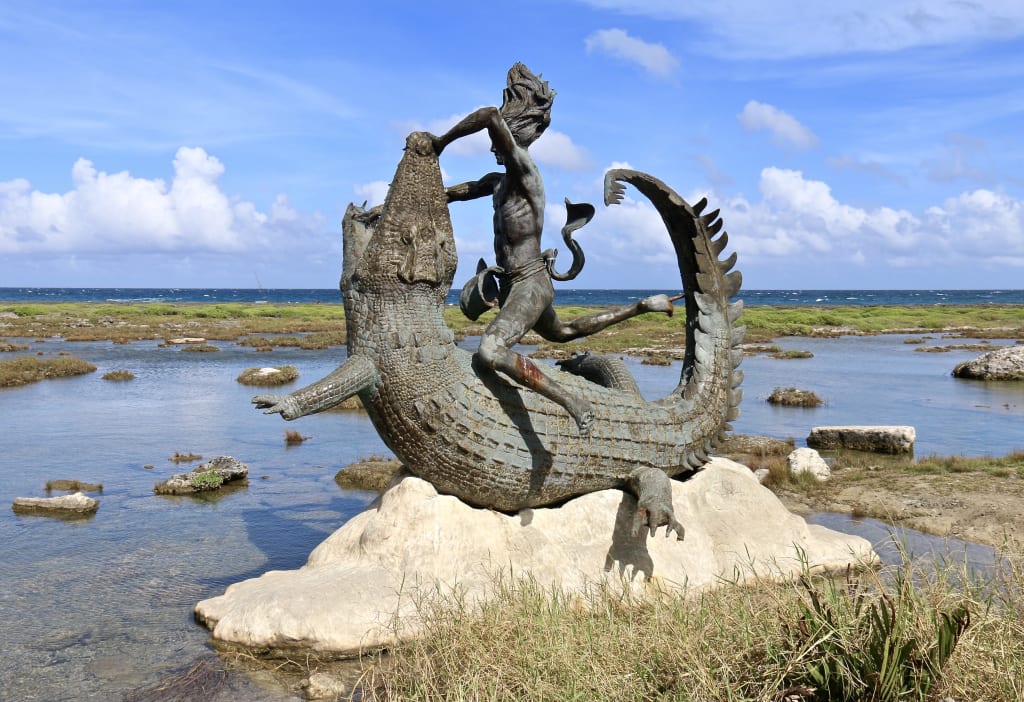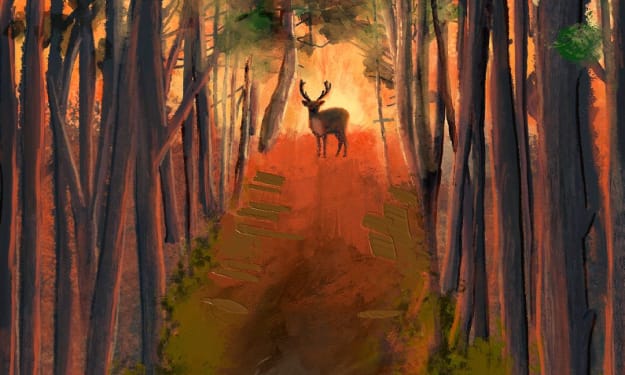Myths and Legends of the Philippines
Exploring Folklore Examples in the Philippines: Myths and Legends of the World

Folklore examples in the Philippines consist of myths, legends, and tales that paint an accurate picture of the country’s diverse culture and history. These stories which have been orally transmitted from one generation to another contain a snap-shot of the ideas, beliefs, values, and creativity of the Filipino. From fabulous beings to marvelous deeds, Filipino folklore is enthralled with its elements of the otherworldly and the mundane.
A Journey into the Mythical
The folklore of the Philippines is as diverse as the country itself, with each province having its distinct folklore stories. These stories involve entities such as spirits and monsters as they incorporate the dreams and nightmares of the societies that created them.
An example of folklore that is well-known in the Philippines is Aswang. These creatures often in the form of ghoulish monsters are believed to come out at night to hunt down their prey. It is in this context that folkloric monsters such as the Aswang represent the fears of rural populations particularly over the unknown and things that go bump in the night. Tales of the Aswang have been passed from one generation to the other, with each generation contributing more myths and horror to the monster.
Heroes and Heroines: The Heart of Filipino Folklore
In Filipino folklore, there are also stories of heroes and heroines exhibiting courage, wisdom, and endurance. Such characters go on adventures and fight powerful monsters and evil forces that are difficult to defeat. They educate and amuse, acting as fables and historical references.
Lam-ang is one of the most famous heroes in folk literature, the main character of the Ilocano epic poem “Biag ni Lam-ang” The story is focused on the adventures of the protagonist from his birth till the heroic deeds against monsters and enemies. As Filipino folklore, the story of Lam-ang is full of supernatural beings and can be regarded as a part of moral education focused on the values of courage and loyalty. His actions and behavior persist to remind us about the importance of hero stories that are so popular even today.
Strange Realms of Spirits and Gods
One of the interesting things about the folklore examples in the Philippines is the community of spirits and deities portrayed in these stories. In this collection, these creatures interfere with the lives of people and change their existence significantly. As bearers of positive or negative energy, these spirits embody the Filipino’s mystic bond with the earth and the otherworld.
The diwata, or nature spirits, are an excellent case in the point. These beautiful spirits are thought to dwell in forests, mountains, and rivers as protectors and guardians of these areas and sometimes, they may choose to bless somebody or even curse him. The concept of diwata as a benediction shows the Filipino’s appreciation of the environment and the mutualism inherent in life.
Folklore in Contemporary Times
These folklore examples in the Philippines have their origins dating back to the prehistoric period but are as popular today. These stories have been reinterpreted by Filipino writers, artists, and filmmakers to fit and relate to the contemporary world. This process of continual evolution makes folklore an essential and dynamic element of the Filipino heritage.
For instance, one can consider the renewed fascination with folklore as a result of its proliferation through various forms of media. Today, people can watch television programs, and films, and read books that include stories about mythical creatures and legendary heroes or heroines. This combination of the classical and the contemporary ensures that folklore is constantly changing and is not forgotten.
Conclusion
These folklore examples show that Philippine folklore is evidence of the soul of the nation as it narrates its past visions and values. From the monster Aswangs to the epic heroism of Lam-ang and the enchanting diwata, all these entice and empower. These collections make us reflect on the significance of stories in shaping our past, bridging our present, and defining our future. When these stories are passed from generation to generation and re-interpretation, Filipino folklore is kept alive.
About the Creator
Enjoyed the story? Support the Creator.
Subscribe for free to receive all their stories in your feed. You could also pledge your support or give them a one-off tip, letting them know you appreciate their work.





Comments (1)
Hey, just wanna let you know that this is more suitable to be posted in the Wander community 😊